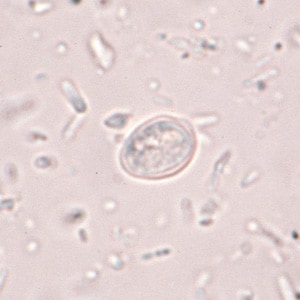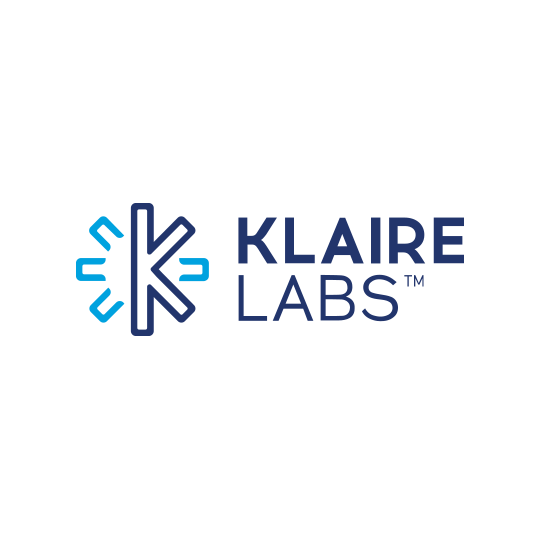Given that the it was also not clear whether this yeast has the potential to induce inflammation a hallmark of primary pathogens histopathological.
Non pathogenic yeast in dog stool.
As long as the yeast causes the dog no harm it isn t considered a parasite in veterinary terms.
Although yeast infections are rarely fatal treatment is necessary to ensure your dog is returned to full health.
In rabbits cyniclomyces guttulatus lives in the intestines and stomachs but in dogs it is the bile ducts along with the intestines.
Excessive drooling can also be a sign of other problems in the mouth such as an abscessed tooth or bee sting marrinan says so pet parents should take their dog to the vet to determine the cause.
Precise identification of pathogenic species and susceptability testing greatly facilitates selection of the most appropriate pharmaceutical or natural treatment agents.
This is typically done by examining your dog s skin stool or a urine sample where the yeast can be observed if it is present.
Of the yeast in healthy and diarrhoeic dogs was performed followed by a prospective study on the effects of nystatin treatment in dogs with chronic diarrhoea excreting large numbers of c.
This retrospective study aimed to characterize the presenting complaint clinical findings location.
A biopsy of any existing lesions may reveal yeast organisms that have infected the area.
Knowing all about a systemic.
Your veterinarian will use laboratory tests along with a complete physical examination to diagnose your dog s yeast infection.
However it is found worldwide and some areas of southern california canada and australia have been found to be more prone to the fungus.
This study surveyed the prevalence of massive numbers of cyniclomyces guttulatus in faecal samples from healthy dogs 18 and dogs with chronic diarrhoea 14 suggesting that this yeast has no clinical significance.
Cryptococcosis is a localized or systemic fungal infection caused by the environmental yeast cryptococcus.
How a systemic yeast infection is diagnosed.
A yeast infection in a dog s mouth is extremely rare but can cause abnormal drooling oral discomfort and problems eating.
The comprehensive stool analysis is an invaluable non invasive diagnostic assessment that permits objective evaluation of the status of beneficial and imbalanced commensal bacteria pathogenic bacteria and yeast fungus.
A yeast infection can be diagnosed by identifying the organism under a microscope.
According to natural dog health remedies yeast infections in dogs are caused by an organism known as candida albicans which is both a yeast and a fungus.
Cyniclomyces guttulatus a gastrointestinal yeast of rabbits is considered an uncommon nonpathogenic pass through organism and possible opportunistic pathogen in dogs that consume rabbit feces.
A minority of researchers consider the yeast pathogenic or capable of causing disease.














































